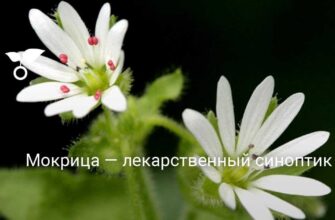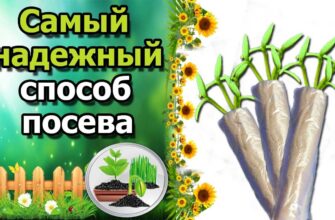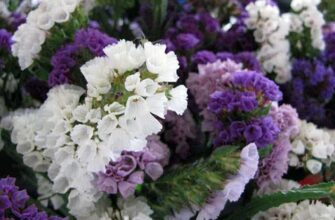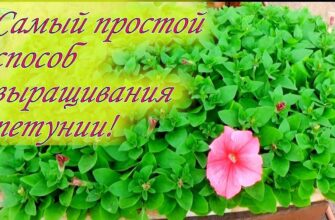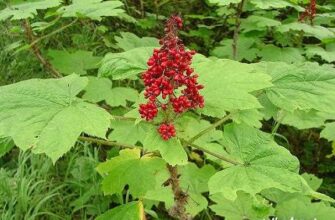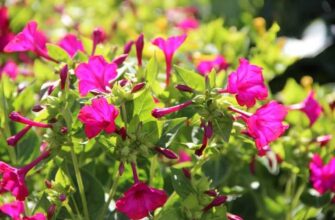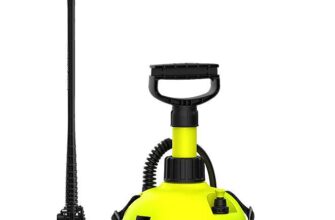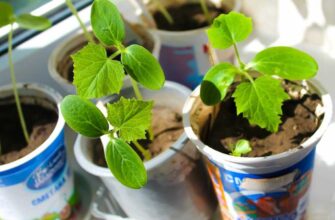- Виды стрептокарпуса
- Стрептокарпус Новошотландский (Streptocarpus scotus)
- Стрептокарпус Терриконский (Streptocarpus terricornis)
- Стрептокарпус Африканский (Streptocarpus africanus)
- Стрептокарпус Мозамбикский (Streptocarpus mozambicensis)
- Уход за стрептокарпусом
- Освещение
- Температура и влажность
- Полив и удобрения
- Освещение для стрептокарпуса
- Температура и влажность для стрептокарпуса
- Полив и удобрение для стрептокарпуса
- Трансплантация стрептокарпуса
- Фото стрептокарпуса
- Стрептокарпус Новошотландский (Streptocarpus scotus)
- Основные требования к уходу за стрептокарпусом Новошотландским:
- Стрептокарпус Терриконский (Streptocarpus terricornis)
- Вопрос-ответ:
- Стрептокарпус требует яркого, но рассеянного освещения, регулярного полива и умеренного удобрения. Он предпочитает стабильную температуру и высокую влажность воздуха.
- Стрептокарпус требует регулярного полива, но не переносит переувлажнения. Рекомендуется поливать его при померении верхнего слоя почвы, чтобы он был влажным, но не слишком сырым.
- Существует большое количество видов стрептокарпуса. Некоторые из них цветущие, некоторые с листьями разнообразной формы и окраски. Некоторые популярные виды стрептокарпуса включают Pamelia, Cape Primrose и Harlequin. Каждый вид имеет свои особенности и требует своего ухода.
- Стрептокарпусу нужна стабильная температура примерно 20-25°С и высокая влажность воздуха. Рекомендуется использовать увлажнители или распылительные бутылки для поддержания влажности.
- При неправильном уходе за стрептокарпусом могут возникнуть различные проблемы, такие как отмирание листьев, желтизна листьев, медленный рост, поражение вредителями. Некачественная почва и неправильное поливание также могут стать причинами проблем.
Стрептокарпус (Streptocarpus) — это род растений семейства Геснериевые, который включает более 150 видов. Эти растения отличаются красивыми и яркими цветками, поэтому они пользуются большой популярностью у цветоводов. Стрептокарпусы часто используются для украшения интерьера и создания живых композиций.
Уход за стрептокарпусом несложен, но требует некоторых навыков и знаний. Изначально стоит выбрать правильное место для размещения растения. Они предпочитают яркое, но рассеянное светлое освещение, поэтому открытое солнечное место для них не подойдет. Также важно обеспечить комфортную температуру для стрептокарпуса — около 20-25 градусов Цельсия. Зимой растение нужно защитить от холода и обеспечить ему покойный период с температурой около 15 градусов.
Одной из важных составляющих ухода за стрептокарпусом является полив. Растения нуждаются в умеренном поливе, чтобы не переувлажнять субстрат, но и не пересушивать его. Важно следить за состоянием почвы и поливать растение вовремя. Также рекомендуется устроить стрептокарпусу период покоя, когда полив уменьшают и останавливают подкормку. Это поможет растению набрать силы и готовиться к новому цветению.
Существует множество разных видов стрептокарпусов с разнообразием форм и оттенков цветов. Некоторые из них имеют крупные соцветия, другие отличаются оригинальными рисунками на лепестках. Стрептокарпусы могут быть однотонными или полосатыми, а также иметь разные формы цветков — от воронковидных до колокольчиковых. Но несмотря на многообразие видов, все они обладают неповторимой красотой и очарованием.
Виды стрептокарпуса
Стрептокарпус является многолетним растением семейства геснериевые. В мире существует около 1500 видов стрептокарпуса, некоторые из которых популярны среди цветоводов и выращиваются в комнатных условиях.
Одним из самых распространенных видов стрептокарпуса является Стрептокарпус Венесуэльский (Streptocarpus venezuelensis). Его цветки обладают яркими красками, от светло-розового до фиолетового. Данное растение отличается декоративностью и не требует особого ухода.
Зеленолистный стрептокарпус (Streptocarpus hirsutus) — это один из немногих видов, цветки которого имеют белый цвет. Этот вид обладает высокой зимостойкостью и легко переносит перепады температур.
Стрептокарпус Карловского (Streptocarpus karwinskyanus) является одним из самых популярных видов среди цветоводов. Он отличается красивыми двухцветными цветками, а также обладает простым уходом.
Стрептокарпус Кейпский (Streptocarpus capeensis) известен своими махровыми цветками, которые могут иметь различные оттенки: от розового до фиолетового. Данный вид часто используется для оформления интерьеров и создания живых комнатных композиций.
Стрептокарпус Новошотландский (Streptocarpus scotus)
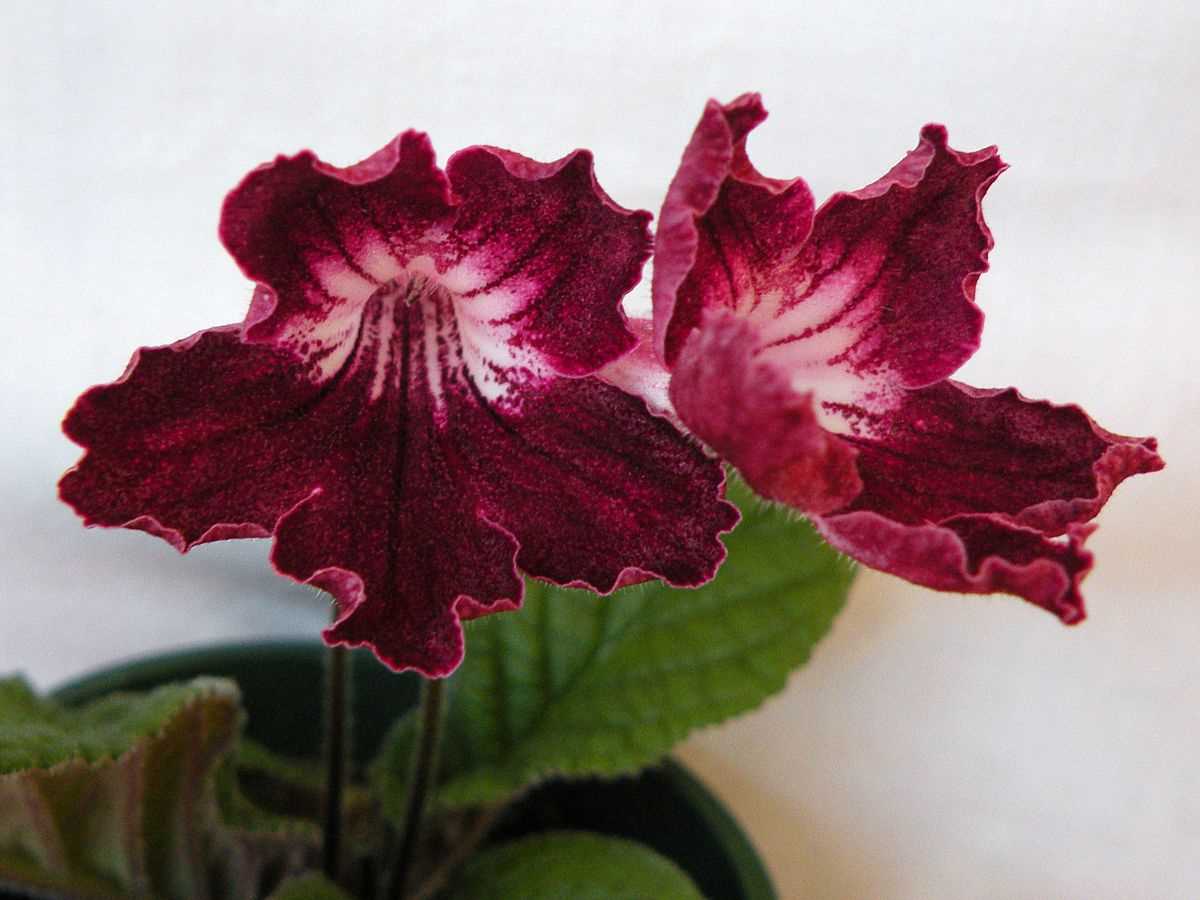
Стрептокарпус Новошотландский (Streptocarpus scotus) представляет собой вид растений из семейства Геснериевых. Он встречается в природе на территории Южной Африки, в частности, в Новой Шотландии.
Стрептокарпус Новошотландский имеет гладкую поверхность листьев с изящными зелеными и белыми полосками. Листья представляют собой ланцетные, узкие и притягательные. У растения присутствует цветок, имеющий глубокий фиолетовый цвет, который скрашивает окраску пространства и придает особую красоту комнатным условиям.
Стрептокарпус Новошотландский является популярным растением среди цветоводов благодаря своей неприхотливости в уходе. Его можно выращивать как в домашних условиях, так и в саду. Для успешного развития растения необходимо обеспечить ему место с ярким, но разбросанным светом, умеренной влажностью и стабильную температуру.
Стрептокарпус Новошотландский хорошо растет в питательных почвах с хорошей дренажной системой. Он предпочитает умеренный режим полива, суша довольно легко переносится растением. Размножение стрептокарпуса происходит как семенами, так и черенками. Регулярная подкормка и аккуратная обрезка ускоряют рост и обновление растения.
Стрептокарпус Терриконский (Streptocarpus terricornis)
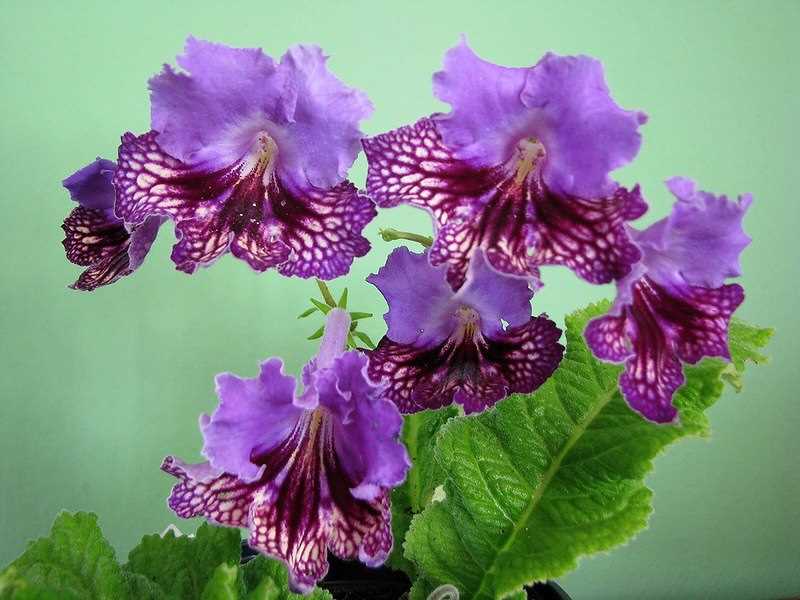
Стрептокарпус Терриконский (Streptocarpus terricornis) — растение семейства Геснериевые, родина которого — влажные тропические леса Западной Африки. Этот вид стрептокарпуса отличается своей красивой и нежной листвой, а также яркими и насыщенными цветками.
Листва: У стрептокарпуса Терриконского листья расположены в виде розетки и имеют тёмно-зеленый окрас. Они имеют гладкую и блестящую поверхность, а также зубчатые края.
Цветы: Цветы стрептокарпуса Терриконского имеют разнообразные оттенки — от белого и розового до фиолетового и фиолетово-голубого. Они обладают прекрасной формой и пестроконечным верхом, а также имеют контрастные полосы или точечные черточки.
Уход: Для успешного выращивания стрептокарпуса Терриконского необходимо создать оптимальные условия. Он предпочитает яркое, но рассеянное освещение, поэтому лучше всего размещать его в окне с восточной или западной стороны помещения. Нужно умеренно поливать растение, поддерживая влажность почвы, избегая пересыхания или переувлажнения. Также желательно опрыскивать листву, чтобы поддерживать оптимальный уровень влажности воздуха. Стрептокарпус Терриконский требует постоянного тепла, при этом температура должна быть в пределах 20-25 градусов Цельсия.
Размножение: Для размножения стрептокарпуса Терриконского можно использовать генеративный способ — через семена, а также вегетативный способ — через листовой или стеблевой черенок. При размножении через семена следует учитывать, что они быстро теряют свою всхожесть, поэтому лучше использовать свежие семена. Черенок лучше всего укоренять в влажной почве, используя смесь из песка и торфа.
Применение: Стрептокарпус Терриконский отлично подходит для декорирования интерьера. Он выглядит элегантно в подвесных горшках или на балконе. Кроме того, его можно использовать для создания живых композиций в комнатных коллекциях.
Особенности: Стрептокарпус Терриконский обладает особыми свойствами. Во-первых, это растение очень декоративное и привлекательное. Во-вторых, оно отличается высокой устойчивостью к болезням и вредителям. Наконец, стрептокарпус Терриконский приносит радость своим владельцам своими красочными и яркими цветами.
Стрептокарпус Африканский (Streptocarpus africanus)
Стрептокарпус Африканский (Streptocarpus africanus) – это вид растения из семейства Геснериевых, который происходит из тропических и субтропических регионов Африки. Он широко известен своими яркими и крупными цветками различных оттенков: фиолетового, розового, сиреневого и белого.
Стрептокарпус Африканский предпочитает расти в полутенистых местах с умеренной влажностью и температурой. Он отлично подходит для выращивания внутри помещений, где его можно разместить на подоконнике или в углу комнаты.
Уход за Стрептокарпусом Африканским несложен. Растение нуждается в регулярном поливе, но не переносит застойной влаги. Подкормка удобрениями для геснериевых проводится каждые 2-3 недели в период активного роста.
Стрептокарпус Африканский хорошо подходит для создания живых композиций и балконных ящиков. Он также может использоваться в ландшафтном дизайне садов и парков. Это растение обладает декоративными листьями, что делает его интересным объектом для коллекционирования.
Стрептокарпус Африканский — прекрасное растение, которое порадует вас своими красивыми цветами и не требует особенных забот. Проявите немного внимания и оно будет долго радовать вас своим зеленым и цветущим видом.
Стрептокарпус Мозамбикский (Streptocarpus mozambicensis)
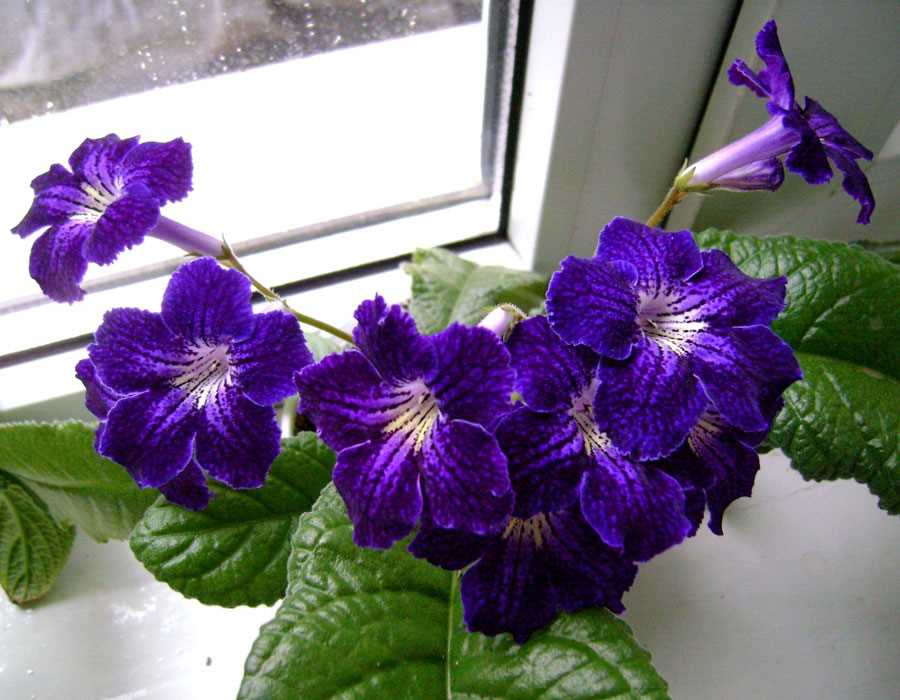
Стрептокарпус Мозамбикский (Streptocarpus mozambicensis) — это вечнозеленое цветущее растение, принадлежащее к семейству геснериевых. Родина этого растения — восточная Африка, особенно Мозамбик и Зимбабве.
Стрептокарпус Мозамбикский отличается красивыми цветами, которые не только радуют глаз, но и имеют приятный аромат. Цветки имеют разнообразные окраски — от фиолетовых до розовых и белых оттенков. У этого вида стрептокарпуса чашевидные, нежные и гармоничные цветки.
Уход за стрептокарпусом Мозамбикским несложен. Он предпочитает умеренный полив, регулярный подкорм и яркое рассеянное освещение. Растение нуждается в постоянной температуре около 20-25 градусов Цельсия и высокой влажности воздуха. Чтобы удовлетворить потребности влажности, можно использовать метод обрызгивания листьев или установку контейнера с водой рядом с растением.
Стрептокарпус Мозамбикский отлично подходит для выращивания в горшках или контейнерах и может быть использован в качестве цветущего элемента интерьера. Он также является популярным растением для коллекционеров из-за своей удивительной красоты.
Уход за стрептокарпусом
Стрептокарпус — это растение, которое требует особого внимания и заботы. Для успешного выращивания стрептокарпуса необходимо создать оптимальные условия.
Освещение
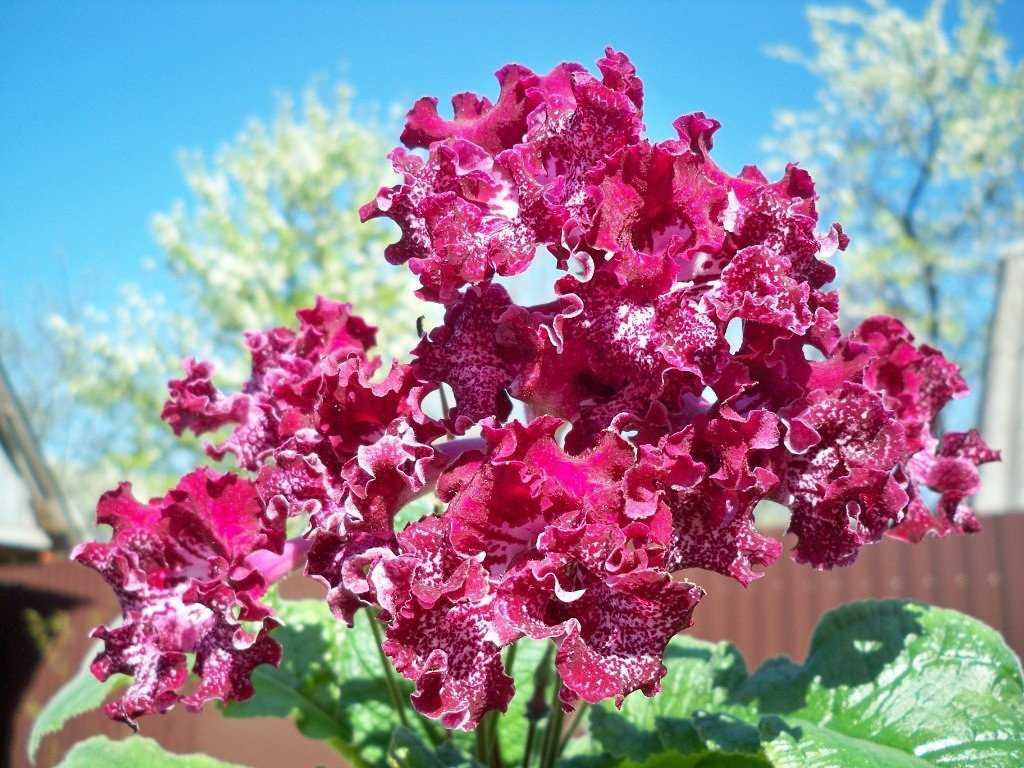
Стрептокарпус предпочитает diffused освещения, так что место его роста должно быть легко, но не ярко освещено. Лучше всего разместить его около окна с ориентацией на восток или запад.
Температура и влажность
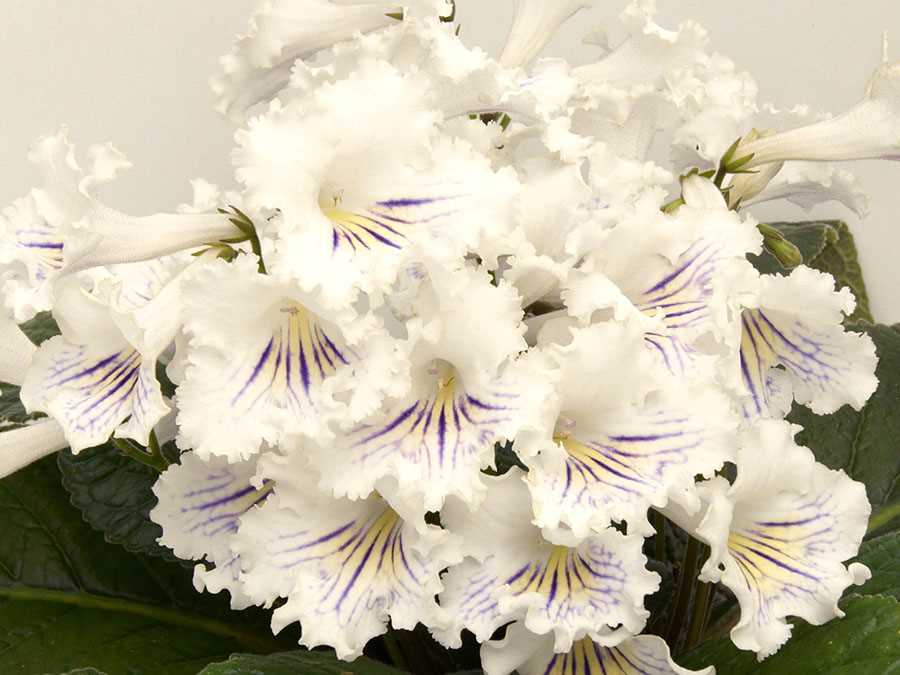
Стрептокарпус не выносит перепады температур, поэтому важно поддерживать постоянную температуру воздуха вокруг растения. Оптимальная температура составляет 20-24 градуса Цельсия в течение дня и 15-18 градусов Цельсия ночью.
Влажность воздуха также играет важную роль в процессе выращивания стрептокарпуса. Для поддержания необходимой влажности можно разместить емкость с водой рядом с растением или использовать увлажнитель воздуха.
Полив и удобрения
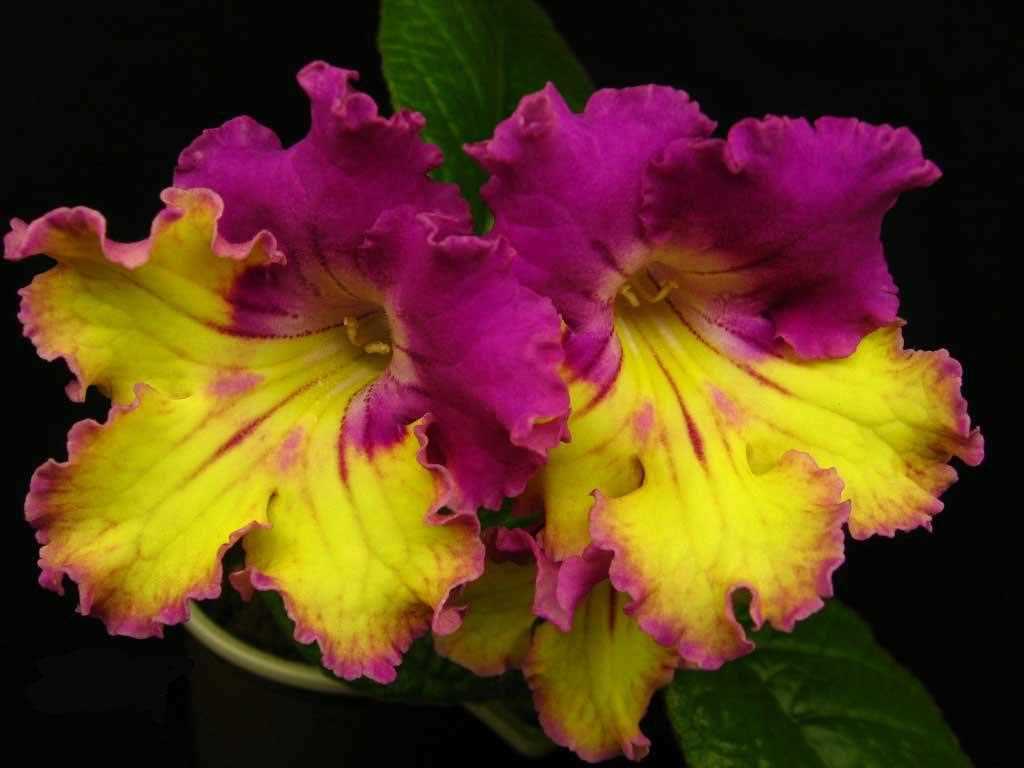
Стрептокарпус нуждается в регулярном поливе. Важно не перенасыщать почву водой, чтобы избежать гниения корней. Лучше поливать умеренно, поддерживая постоянную влажность почвы.
Удобрения могут быть использованы для поддержания здоровья и роста стрептокарпуса. Используйте удобрение специально для геснериевых растений, следуя инструкциям на упаковке.
Так стоп!!! Вы всё ещё не подписаны на наши каналы в Телеграмм и Дзен? Посмотрите: ТГ - (@historyfantasydetectivechat) и Дзен (https://dzen.ru/myshortsstorys)
Освещение для стрептокарпуса
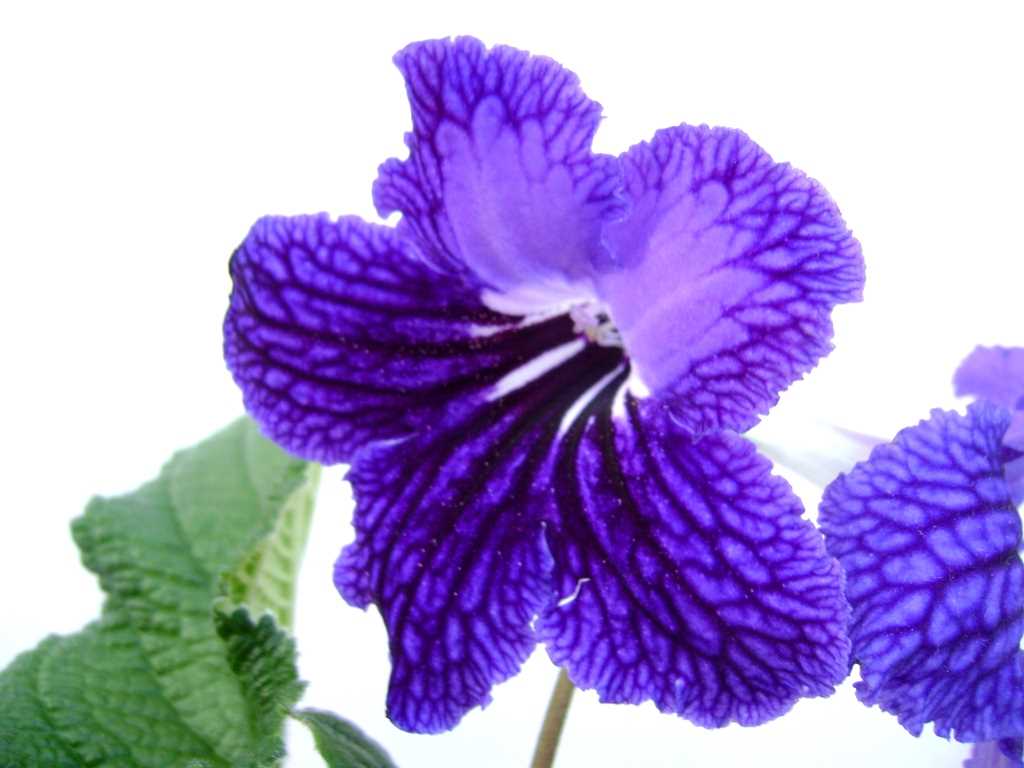
Стрептокарпусу необходимо достаточное количество света для нормального развития и цветения. Однако, прямой солнечный свет ему противопоказан, поэтому растение следует защищать от прямых лучей солнца.
Лучше всего стрептокарпус чувствует себя при ярком рассеянном свете. Для этого можно выбрать место возле окна на восток или запад, где он будет получать несколько часов утреннего или вечернего солнца.
Если у вас нет возможности обеспечить достаточное освещение в комнате, то можно использовать фитолампы. Они создают дополнительный искусственный свет, который компенсирует недостаток солнечного освещения.
Важно: следите за тем, чтобы светодиодные лампы не были слишком близко к растению, чтобы не вызвать перегрев или ожоги листьев.
Температура и влажность для стрептокарпуса
Стрептокарпус – тропическое растение, поэтому для его нормального роста и развития необходимы определенные условия содержания. Важными факторами для стрептокарпуса являются температура и влажность.
Температура:
Стрептокарпусы предпочитают умеренный теплый климат, с температурой воздуха в диапазоне от 18 до 25 градусов Цельсия. Оптимальной считается температура около 20 градусов.
Важно избегать резких перепадов температуры, особенно холодных потоков воздуха. Различные стрептокарпусы могут иметь свои особенности в требованиях к температуре, поэтому рекомендуется ознакомиться с конкретными требованиями для каждого вида.
Влажность:
Стрептокарпусы произрастают в тропических условиях, где влажность воздуха достаточно высокая. Поэтому для удовлетворительного роста растения необходимо поддерживать оптимальные влажность.
Лучше всего стрептокарпусы чувствуют себя при влажности воздуха около 50-60%. Если в помещении слишком сухо, можно использовать специальные увлажнители или устанавливать горшки с растениями на подставки с водой.
Полив и удобрение для стрептокарпуса
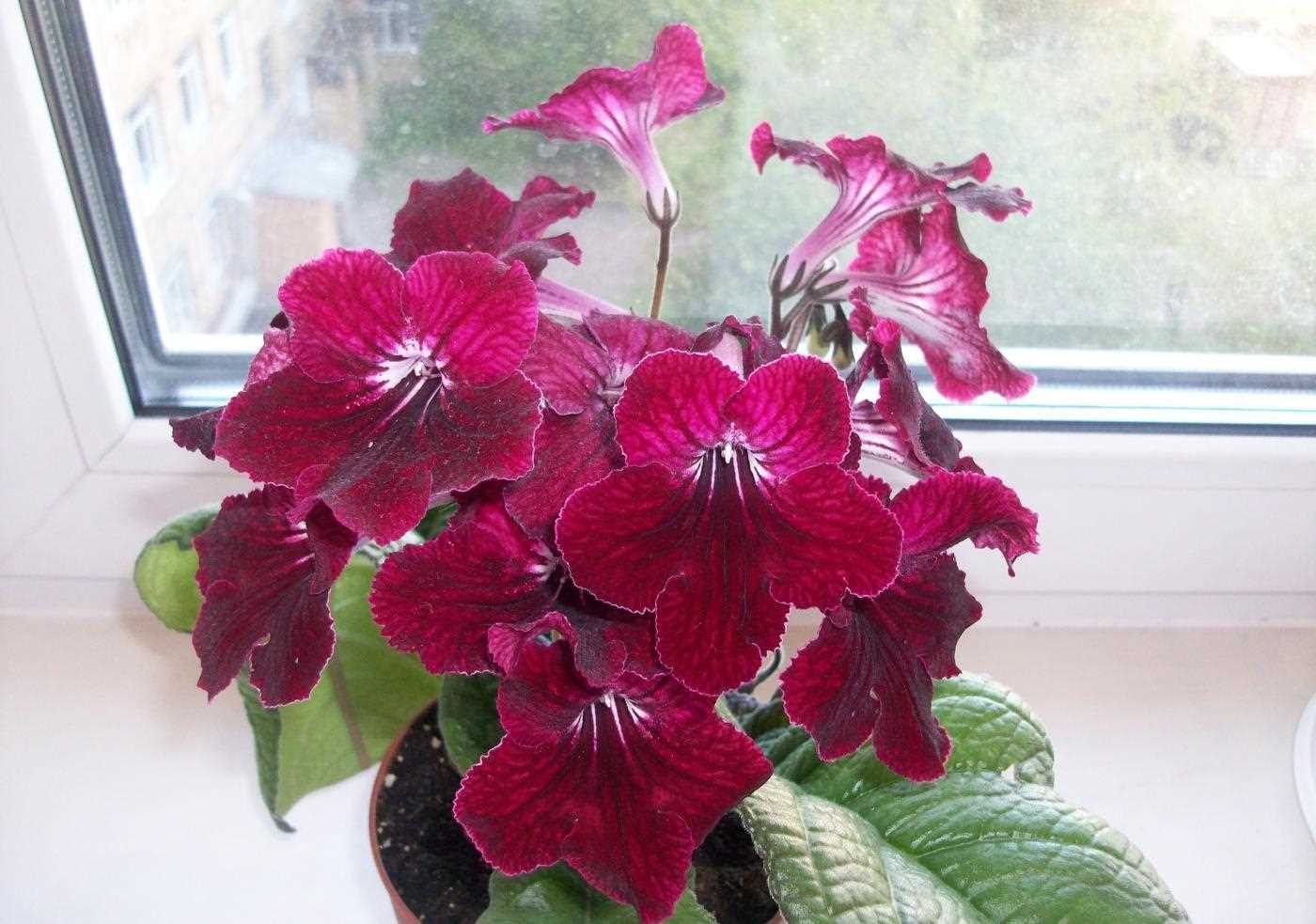
Стрептокарпус является влаголюбивым растением и требует регулярного полива. Однако, стоит помнить, что залить растение водой можно легко, поэтому следует соблюдать меру при поливе.
Земля для стрептокарпуса должна быть всегда слегка влажной, но не пересушенной. Постоянное высыхание земли может привести к увяданию листьев и цветов растения. Поэтому следует поливать стрептокарпус регулярно, особенно в жаркое время года.
Оптимальный режим полива стрептокарпуса можно достичь, поливая его раз в неделю, но интенсивность полива зависит от условий содержания и времени года. Летом землю следует поддерживать постоянно во влажном состоянии, а зимой поливать умеренно, чтобы не вызывать гниение корней.
Что касается удобрений, то стрептокарпусу необходима регулярная подкормка. Для этого можно использовать комплексные удобрения для цветущих комнатных растений. Удобрения следует применять 1-2 раза в месяц в период активного роста стрептокарпуса.
При выборе удобрения рекомендуется обращать внимание на концентрацию элементов питания. Следует избегать чрезмерного перекорма, так как это может привести к ожогам корней и повреждению растения.
Помимо комплексных удобрений, можно использовать органические добавки, такие как перегной, компост или растворенный в воде перепревший коровяк. Эти добавки вносятся раз в три месяца для обогащения почвы и стимуляции роста стрептокарпуса.
Трансплантация стрептокарпуса
Трансплантация стрептокарпуса — это процесс пересадки растения из одного горшка в другой с целью обновления почвы и обеспечения лучших условий для его роста и развития. Эта процедура обычно проводится каждые 1-2 года или при необходимости.
Перед трансплантацией нужно подготовить новый горшок с подходящей почвой. Идеальная смесь для стрептокарпуса должна быть легкой, воздушной и хорошо дренированной. Можно использовать готовую почву для декоративных лиственных растений, добавив в нее немного перлита или песка.
Перед трансплантацией необходимо аккуратно вытащить стрептокарпус из старого горшка, аккуратно отделить корни от почвы и удалить старые и больные корни. При необходимости можно разделить куст растения на несколько молодых розеток.
После этого поместите растение в новый горшок, добавьте почву вокруг корней и немного придавите. Важно не задавливать корневую шейку и не закапывать растение слишком глубоко. После трансплантации хорошо полейте стрептокарпус и поместите его на светлое место, но защищенное от прямых солнечных лучей.
В течение первых нескольких дней после трансплантации стрептокарпуса следует уменьшить количество поливов, чтобы предотвратить гниение корней. Затем перейдите к обычному режиму полива и ухода за растением.
Фото стрептокарпуса
Стрептокарпус – растение с прекрасными цветами и удивительными формами. Многие любители комнатных цветов отдают предпочтение именно этому виду. На фото стрептокарпуса можно увидеть разнообразие его сортов.
Каждый вид стрептокарпуса имеет свою уникальную окраску и форму цветка. На фотографиях можно увидеть цветы различных оттенков: от нежно-розовых и фиолетовых до ярко-красных и оранжевых.
Кроме того, на фото стрептокарпуса можно рассмотреть его узкие листья с пушистыми волосками на поверхности. Узкая форма листа является одной из характерных особенностей этого растения.
Если вы хотите узнать больше о стрептокарпусе, о его видовом разнообразии и особенностях выращивания, обратите внимание на фото. Оно поможет вам выбрать наиболее подходящий для вас вид и насладиться красотой этого прекрасного растения.
Стрептокарпус Новошотландский (Streptocarpus scotus)
Стрептокарпус Новошотландский (Streptocarpus scotus) – это один из видов стрептокарпуса, относящегося к семейству геснериевых. Этот вид растений известен своими красивыми и яркими цветками, которые могут быть разнообразных оттенков. Встречается в природе в Новой Шотландии, откуда получил своё название.
Листья стрептокарпуса Новошотландского имеют темно-зеленый цвет и покрыты пузырьками, которые выделяют специальные эфирные масла. Эти масла придают растению особый запах и защищают его от вредителей и болезней.
Уход за стрептокарпусом Новошотландским несложен. Он требует регулярного полива, умеренного освещения и теплого климата. Лучше всего выращивать его в помещении на окне с восточной или западной стороны. Зимой растение нуждается в особенно интенсивном освещении, поэтому рекомендуется использовать светильники.
Основные требования к уходу за стрептокарпусом Новошотландским:
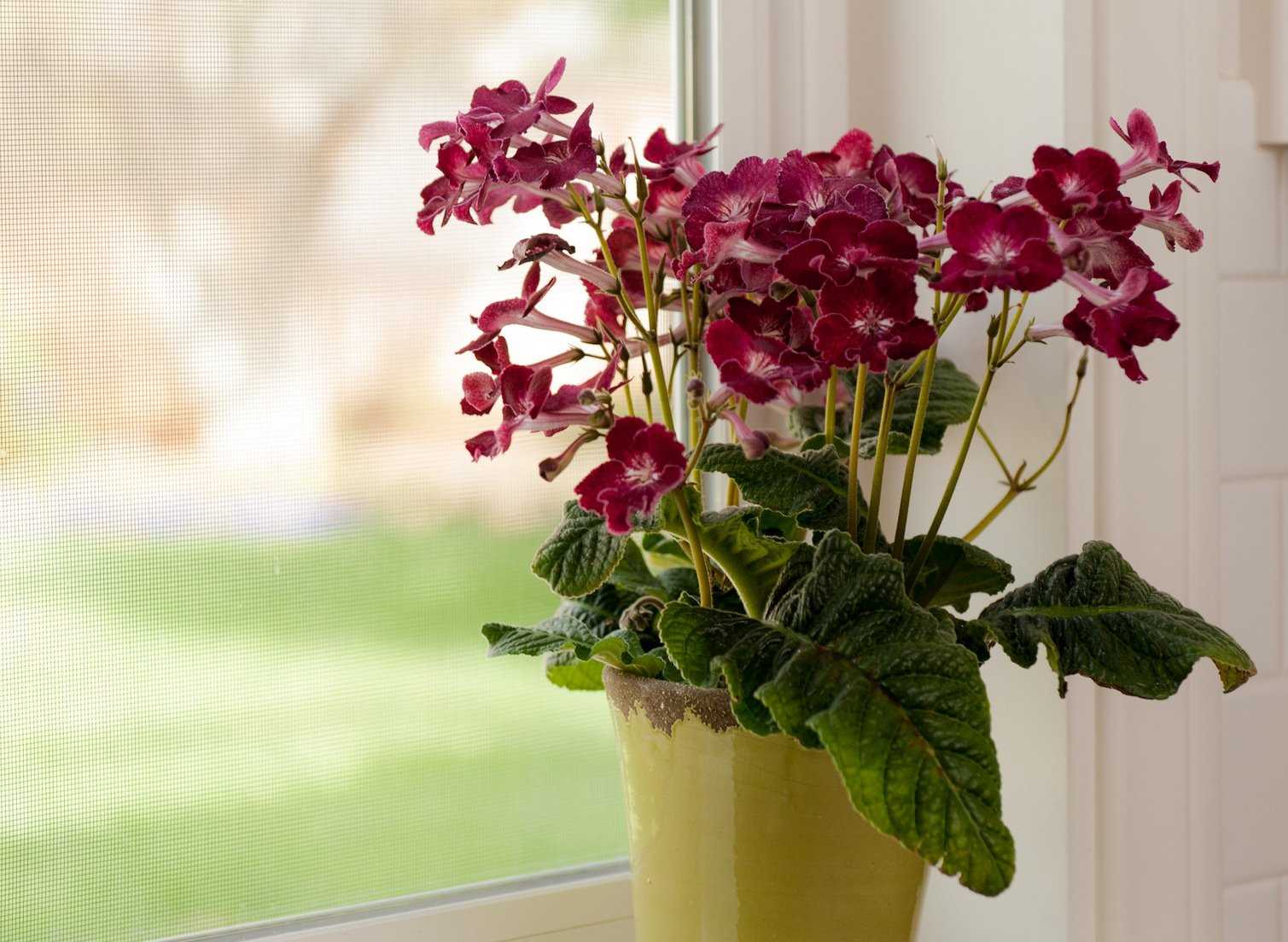 >
>
- Поливать растение регулярно, поддерживая постоянную влажность почвы;
- Удобрять стрептокарпус специальными удобрениями для геснериевых;
- Соблюдать температурный режим: летом – от 20 до 25 градусов, зимой – от 15 до 18 градусов;
- Обеспечивать хорошую вентиляцию помещения, в котором растет стрептокарпус;
- Устранять старые и больные листья, чтобы предотвратить распространение болезней.
Стрептокарпус Новошотландский – красивое и неприхотливое растение, которое с легкостью можно выращивать в домашних условиях. Оно порадует вас своими яркими и многочисленными цветами на протяжении многих лет.
Стрептокарпус Терриконский (Streptocarpus terricornis)
Стрептокарпус Терриконский (Streptocarpus terricornis) – это вид растений из семейства Геснериевых. Он является эндемиком Южной Африки и произрастает в тропических и субтропических регионах. Данный вид относится к растениям с крупными, яркими и декоративными цветками, что делает его популярным среди цветоводов.
Стрептокарпус Терриконский имеет листопадный вид и образует розетку из плотных, зеленых листьев. Отличительной особенностью этого вида является наличие красивых, воронкообразных цветков с глянцевой поверхностью. Цветки могут иметь различную окраску – от белой и розовой до фиолетовой и синей. Они собраны в соцветия, которые поднимаются над листвой и создают эффектный вид.
Стрептокарпус Терриконский требует света, но не переносит прямых солнечных лучей. Рекомендуется размещать растение в полутенистом месте. Оптимальная температура для этого вида составляет около 20-25 градусов Цельсия. Важно поддерживать постоянную влажность почвы, но не допускать застоя воды. Для полноценного развития требуется регулярный полив и удобрение специальными удобрениями для геснериевых растений.
Выводя хорошо разветвленные, крупные кусты, стрептокарпус Терриконский отлично подходит для выращивания как в домашних условиях, так и в саду. Он является декоративным и привлекательным растением, которое обязательно привлечет внимание своей красотой и необычными цветками.
Вопрос-ответ:
Стрептокарпус требует яркого, но рассеянного освещения, регулярного полива и умеренного удобрения. Он предпочитает стабильную температуру и высокую влажность воздуха.
Как часто нужно поливать стрептокарпус?
Стрептокарпус требует регулярного полива, но не переносит переувлажнения. Рекомендуется поливать его при померении верхнего слоя почвы, чтобы он был влажным, но не слишком сырым.
Какие виды стрептокарпуса существуют?
Существует большое количество видов стрептокарпуса. Некоторые из них цветущие, некоторые с листьями разнообразной формы и окраски. Некоторые популярные виды стрептокарпуса включают Pamelia, Cape Primrose и Harlequin. Каждый вид имеет свои особенности и требует своего ухода.
Какая температура и влажность воздуха оптимальны для стрептокарпуса?
Стрептокарпусу нужна стабильная температура примерно 20-25°С и высокая влажность воздуха. Рекомендуется использовать увлажнители или распылительные бутылки для поддержания влажности.
Какие проблемы могут возникнуть при уходе за стрептокарпусом?

